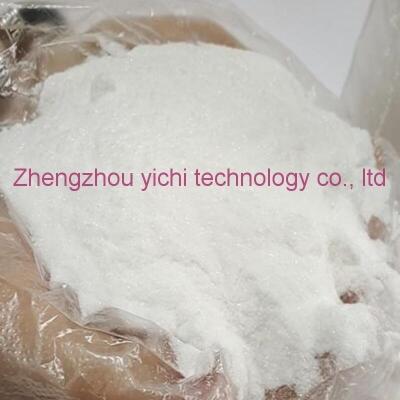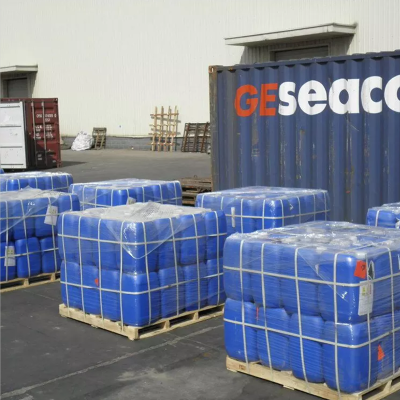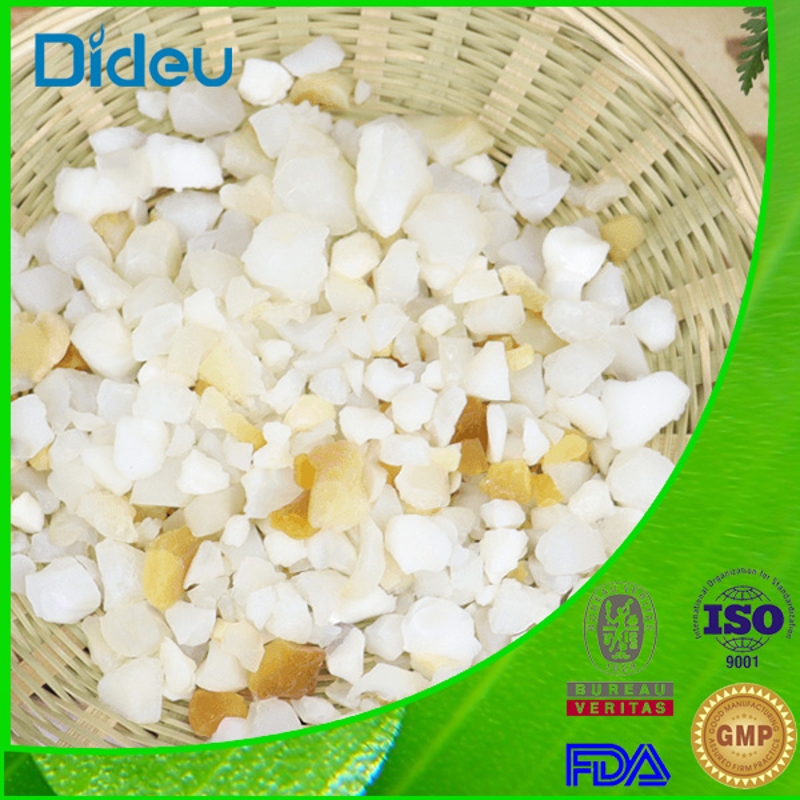-
Categories
-
Pharmaceutical Intermediates
-
Active Pharmaceutical Ingredients
-
Food Additives
- Industrial Coatings
- Agrochemicals
- Dyes and Pigments
- Surfactant
- Flavors and Fragrances
- Chemical Reagents
- Catalyst and Auxiliary
- Natural Products
- Inorganic Chemistry
-
Organic Chemistry
-
Biochemical Engineering
- Analytical Chemistry
-
Cosmetic Ingredient
- Water Treatment Chemical
-
Pharmaceutical Intermediates
Promotion
ECHEMI Mall
Wholesale
Weekly Price
Exhibition
News
-
Trade Service
4-Vinylguaiacol, also known as catechol, is an important chemical intermediate used in a variety of applications in the chemical industry.
The production process of 4-vinylguaiacol involves several stages, from the initial raw material preparation to the final product purification.
In this article, we will take a closer look at the production process of 4-vinylguaiacol, including the different steps involved and the chemical reactions that take place.
- Raw material preparation
The production of 4-vinylguaiacol starts with the preparation of the raw materials, which typically include acetate and guaiacol.
The acetate is first dissolved in a solvent, such as water or ethanol, to create a solution.
Guaiacol is then added to the solution, and the mixture is allowed to react for a certain period.
The reaction between the acetate and guaiacol results in the formation of a crude catechol, which is a mixture of various catechol isomers. - Ion exchange
The crude catechol is then subjected to an ion exchange process, which involves the use of ion exchange resins.
These resins contain functional groups that are able to exchange ions with the catechol molecules, leading to the separation of the different isomers.
The resins are typically washed with a solvent, such as sodium hydroxide or hydrochloric acid, to remove the impurities and purify the catechol. - Oxidation
The purified catechol is then subjected to oxidation, which involves the addition of oxygen or an oxidizing agent.
This reaction leads to the conversion of the catechol into 4-vinylguaiacol.
The oxidation reaction is typically carried out in the presence of a catalyst, such as cupric sulfate or hydrogen peroxide, to increase the efficiency of the reaction. - Purification
After the oxidation reaction is complete, the 4-vinylguaiacol is purified to remove any remaining impurities.
This typically involves the use of a solvent, such as benzene or toluene, to dissolve the 4-vinylguaiacol, followed by distillation to separate the pure product from the solvent.
In conclusion, the production of 4-vinylguaiacol involves several stages, including raw material preparation, ion exchange, oxidation, and purification.
Each of these stages is critical to the production of high-quality 4-vinylguaiacol, which is used in a variety of applications in the chemical industry.
The exact production process may vary depending on the specific requirements of the manufacturer, but the basic steps outlined above provide a general overview of the production process of 4-vinylguaiacol.







